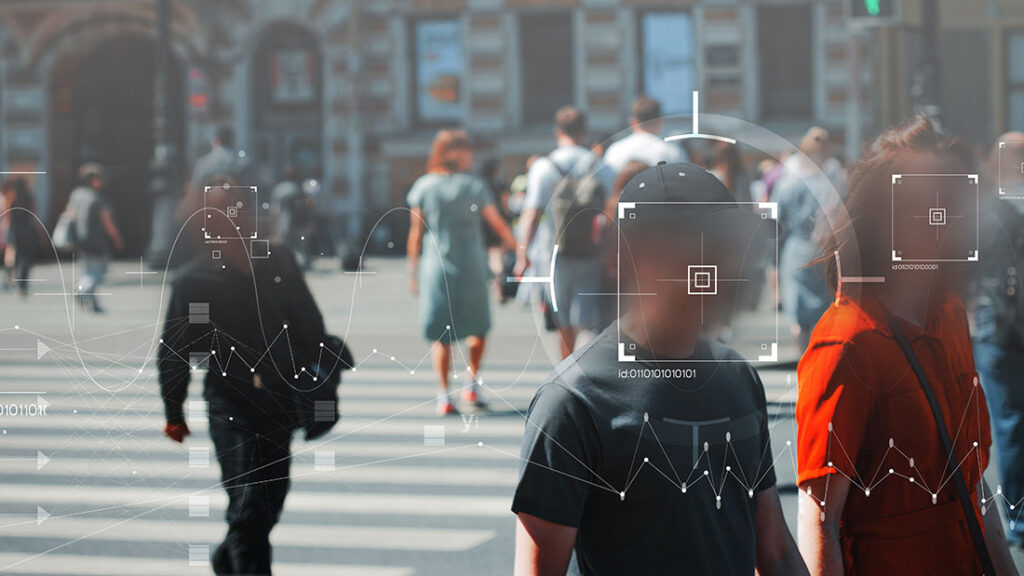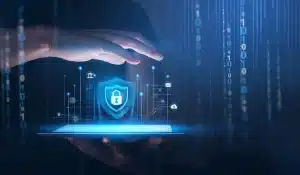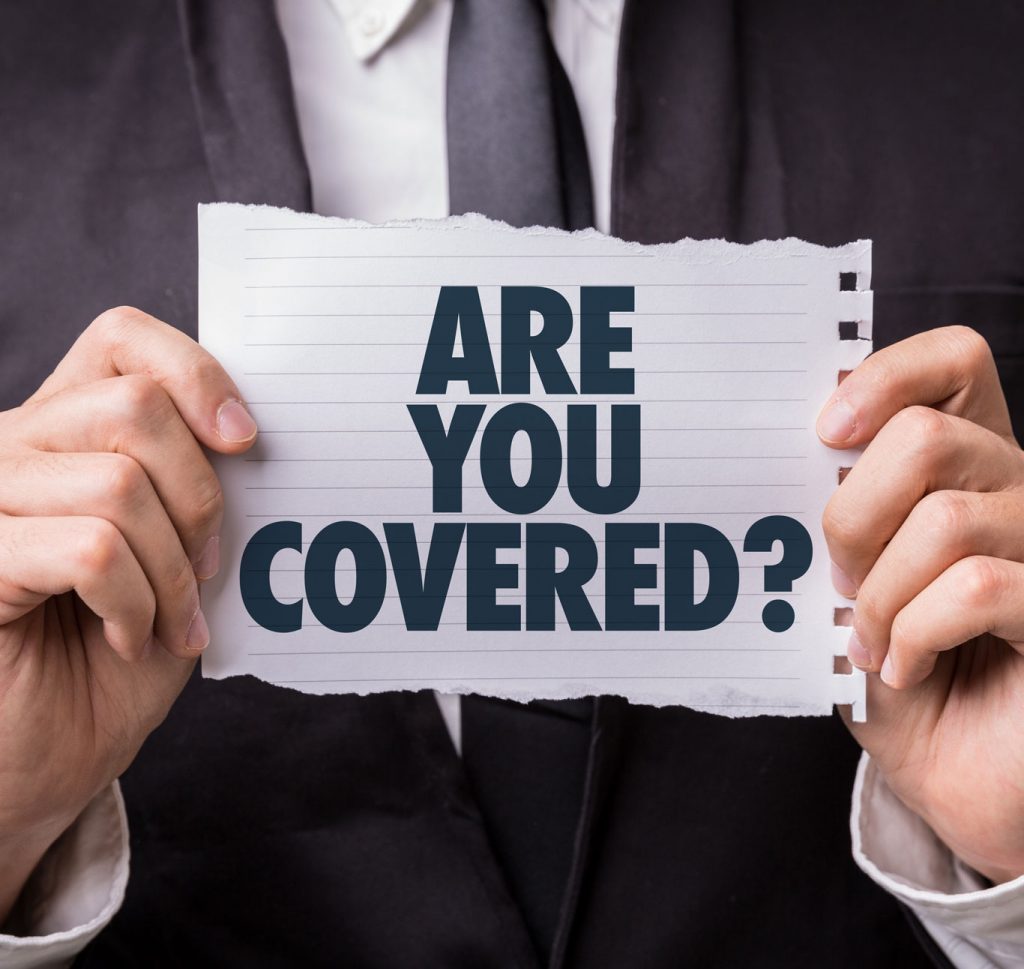From discussing the impact of security robots (which really are a trend) to talking about how apps have replaced walkie-talkies, we’ve discussed plenty of security technology in 2021. Now that 2022 is well underway, we wanted to take time and look ahead to the newest technologies that are helping security guards this year. These advances are making guard jobs safer, easier, and more efficient – so let’s take a closer look.
Security Cams that are Better in Every Way
Security cams continue to be updated with innovative technology, and larger businesses continue to replace outdated systems with new models. That means security guards are starting to see a lot of new features when reviewing security footage, and it’s all good news.
These new cams have excellent, far-reaching night vision. They use high-res images where HD is expected, and many cams offer ultra-high-definition video as well. They also have advanced motion detection, so they only trigger when certain kinds of movement are detected. There are also more wide lens and multi-lens setups for commercial purposes.
Digital IDs
The concept of a digital ID isn’t new, but it’s spreading fast into everyday circumstances. Notice how many customer-facing establishments allow people to pay using things like Apple or Google Wallets? The same thing is happening to personal ID information, like ID cards that employees use to sign into access points, or personal IDs that entrants show bouncers at a bar. It’s also affecting establishments asking for proof of COVID-19 vaccination, which can also be held in a digital vaccine passport.
These digital wallets handle a lot of security and authentication internally. This can make authentication easier for security guards out in the physical world. However, guards should also be aware of the rise in digital IDs and understand what to look for to make sure a digital ID is authentic. Part of this involves new infrastructure (scanners, chips, etc.) that is starting to roll out in various businesses.
No-Contact Biometrics
Speaking of digital IDs, no-contact biometrics are on the rise everywhere, too. Part of this trend was influenced by the COVID-19 pandemic, where many businesses had a vested interested in making sure surfaces stayed clean and untouched by human hands. It’s also just easier: No contact is faster for everyone involved. Cards or fobs can use NFC chips to carry authentication data, or similar solutions where users can simply walk through a gate or swipe over a panel to be authenticated.
This will tie into cloud-based identity management, which can automatically log entries and allow security officers to review access activity from anywhere. That also means security guards should be increasingly comfortable using spreadsheets and analytical tools when investigating security issues.
Facial Recognition
Like it or hate it, facial recognition is here to stay. This is becoming a growing part of surveillance systems, as well as the tools used by everyday law enforcement. Security guards should not be surprised to see facial recognition technology integrated with the security cam technology they are using at retail stores, apartments, clubs, and similar jobs. They should know how to use it, if necessary, especially when it comes to specific profiles banned from access.
Improved Compatibility – Everywhere
One of the more frustrating parts of many security jobs is dealing with so many separate systems. A single store, for example, may have one system for access control, one for video cams, one for fire alarms, and one for emergency contacts. New guards have to learn each system separately and juggle them when necessary.
That’s starting to change. Today’s security-related systems are rapidly converging into single platforms or compatible devices that can all talk together. That’s a lot less learning for security guards on new jobs to do.
More Contact Options for Emergencies
Traditional emergency contacts are the fire department or the police department, with security guards having more experience with the latter. This is also starting to change. Organizations are putting more focus on de-escalation and avoiding causing any harm. That means, in part, expanding contact options if an emergency does happen. Guards may start to see new choices to contact mental health services, trusted PI firms, and other organizations instead of going directly to law enforcement.
Big Advances in Metal Detectors
Older metal detectors are also getting significant upgrades as new models come with better, more intelligent features. That includes more weather-proof options so that detectors can be set up outdoors, and intelligent counters that automatically tally the number of people passing through. They are also much better at calibrating themselves, leading to higher accuracy rates. Some even have specific modes depending on whether they are at a school, courthouse, subway station, venue, and so on.
Conclusion
As your firm looks for new contracts this year, keep these security advances in mind. If you encounter new security technology with upgrades like these or other innovations, make sure you share them with your guards so they can learn what to expect. As always, unfamiliar technology is a chance to learn and adapt. We’ll be sure to keep you updated if important new guard solutions start to trend.






